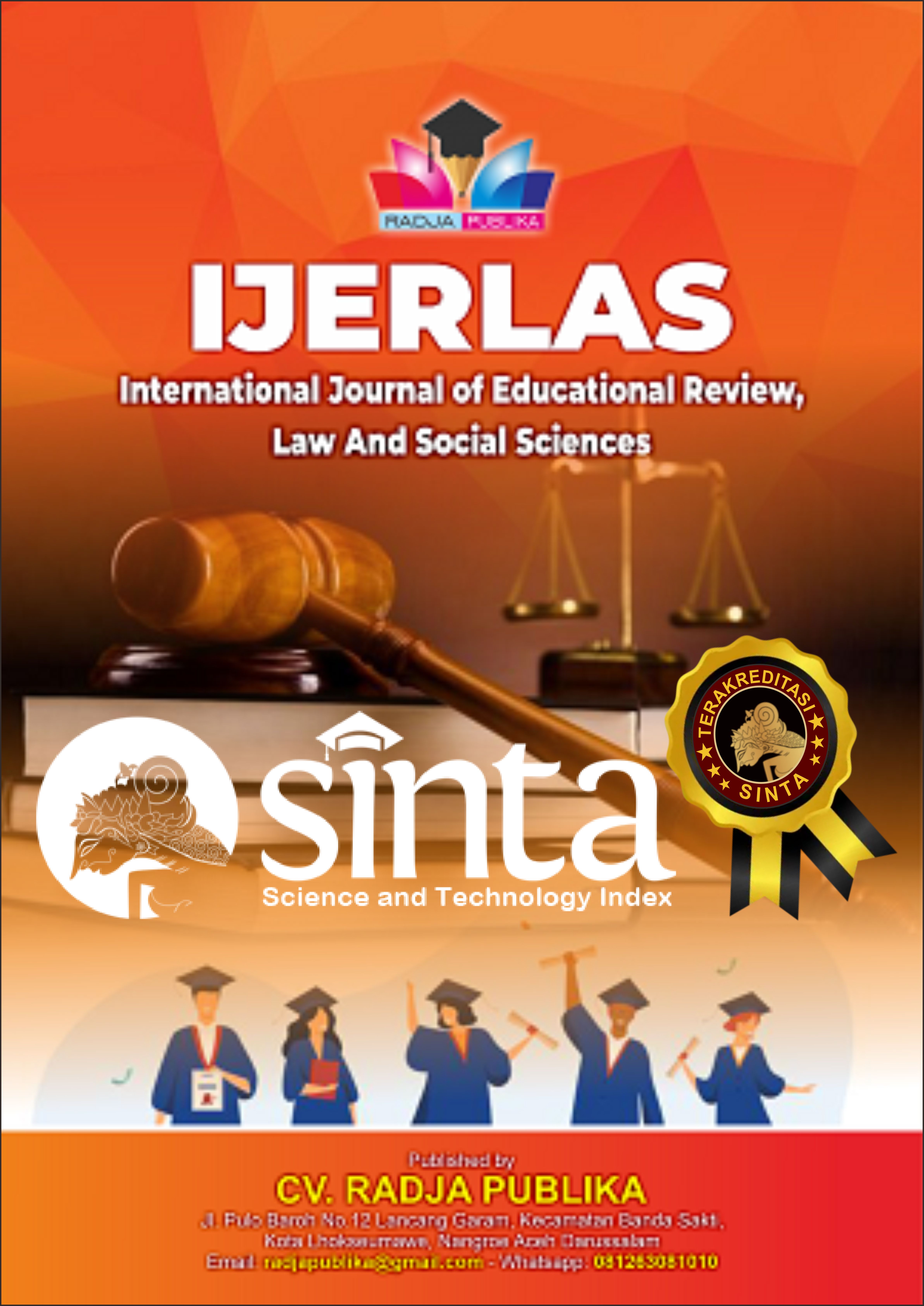THE EFFECT OF THE USE OF REGIONAL LANGUAGE IN DAILY ASSOCIATIONS OF UNBP STUDENTS ON INDONESIAN LANGUAGE SKILLS
Main Article Content
Azhari
Mawardi
T. Afriliansyah
This study aims to analyze the impact of students' use of local languages on their skills and abilities in Indonesian. A quantitative approach was employed, utilizing a survey method as the primary data collection technique. Random sampling was applied to ensure a diverse and representative respondent pool. The subjects of this study were UNBP students from various backgrounds who actively use both Indonesian and local languages in their daily interactions.
The results revealed that local languages serve as the main communication tool among students who come from the same ethnic group or region. They are still widely used in different contexts, not only in non-formal settings, such as interactions with friends and family, but also in formal environments, including during the lecture process and academic discussions. This indicates that students tend to switch between languages depending on the context, a phenomenon commonly referred to as diglossia. Furthermore, the findings suggest that the use of local languages influences students' proficiency in Indonesian. While some students can transition smoothly between the two languages, others face challenges in using Indonesian correctly and effectively, particularly in formal writing and verbal expression. This difficulty is often attributed to linguistic interference, where structures, vocabulary, or pronunciation from local languages influence the way students construct sentences in Indonesian. Overall, the study highlights that the dominance of local languages in daily interactions has a noticeable impact on students' Indonesian language skills. Although local languages play an essential role in preserving cultural identity and fostering a sense of belonging, their extensive use may also affect students' ability to communicate in standard Indonesian, particularly in academic and professional contexts. These findings emphasize the importance of enhancing students' Indonesian language proficiency while maintaining the richness and diversity of local languages. Future studies could explore effective strategies for bilingual education to ensure a balanced development of both languages among students.
Devianty, R. (2017). Peran Bahasa Indonesia Dan Bahasa Daerah Dalam Pendidikan Karakter. Ijtimaiyah: Jurnal Pendidikan dan Ilmu Sosial, 1 (2), 79-101.
Keraf, Gorys. 1984. Diksi dan Gaya Bahasa. Jakarta: Gramedia. Kridalaksana, Harimurti. (2008). Kamus Linguistik. Jakarta: Gramedia Pustaka Utama.
Koentjaraningrat. (2009). Pengantar Ilmu Antropologi. Jakarta: Rineka Cipta.
Listiyorini, A. (2008). Eksistensi Bahasa Daerah dan Bahasa Indonesia sebagai Alat Komunikasi dalam Persaingan Global. Retrieved from. http://staffnew.uny.ac.id/upload/132231576/penelitian/MAKALAH+EKSISTENSI+BI-1.pdf
Mulyati, Y. (2015). Keterampilan Berbahasa Indonesia SD.
Setyawan, A. (2011). Bahasa Daerah Dalam Perspektif Kebudayaan dan Sosiolinguistik: Peran dan Pengaruhnya dalam Pergeseran dan Pemertahanan Bahasa. International Seminar “Language Maintenance and Shift", (pp. 65-69).
Yati, D. (2015). Menyelamatkan Bahasa Daerah melalui Pembelajaran Bahasa yang Komunikatif.




























